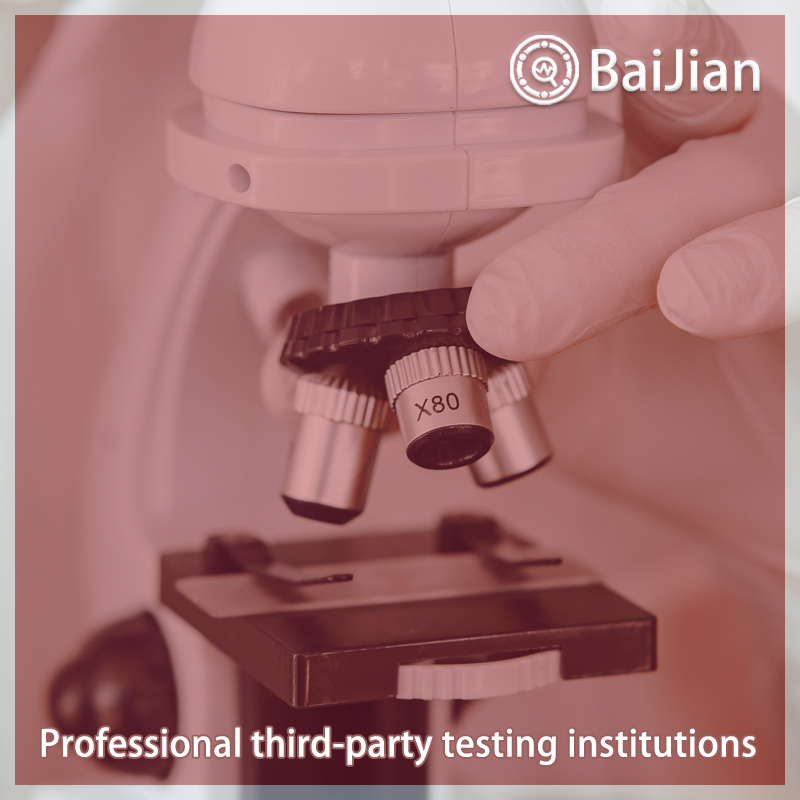
This standard specifies the classification, technical requirements, test methods, inspection rules, marking, and packaging of insulating materials for pipes and rods used in live working. This standard is applicable to hollow insulating pipes, foam filled insulating pipes and solid insulating rods (profiled pipes and expansion pipes are not included in this standard) used for making live working tools and equipment in power systems with nominal voltages of 1kV and above. These insulating materials are made of synthetic materials 2 Normative References: The clauses in the following documents become the clauses of this standard through the reference surface of this standard. For dated reference documents, all subsequent amendments (excluding corrected content) or revisions are not applicable to this standard. However, parties to agreements based on this standard are encouraged to study whether the latest versions of these documents can be used. For undated references, the latest version applies to this standard. GB/T 1033.1 Determination of Density of Plastics and Non cellular Plastics: Part 1: Immersion Method, Liquid Pycnometer Method and Titration Method (GB/T 1033.1-2008. 1SO 1183-1:2004. IDT) GB/T 1034 Determination of Water Absorption of Plastics (GB/T 1034-2008, 1SO 62:2008, IDT) GB/T 1409 Measurement of Electrical Insulating Materials at Power Frequency, Audio Frequency Recommended Methods for Capacitance and Dielectric Loss Factor at High Frequencies (Including Meter Wavelengths) (GB/T 1409-2006, IEC 60250:1969. MOD) GB/T 16927.1 High Voltage Test Techniques, Part 1: General Test Requirements (GB/T 16927.1-1997, eqv IEC 60060-1:1989)
Function of testing report:
1. Project bidding: Issue authoritative third-party CMA/CNAS qualification report
2. Online e-commerce platform entry: Quality inspection report recognized by major e-commerce platforms 3. Used as a sales report: issuing legally effective testing reports to make consumers more confident 4. Papers and research: Provide professional personalized testing needs 5. Judicial services: providing scientific, fair, and accurate testing data 6. Industrial problem diagnosis: Verify the troubleshooting and correction of industrial production problemsBaijian and testing process:
1. Telephone communication and confirmation of requirements
2. Recommend solutions and confirm quotations 3. Mail samples and arrange testing 4. Progress tracking and result feedback 5. Provide reports and after-sales service 6. If urgent or priority processing is requiredTesting and testing characteristics:
1. The testing industry is fully covered, meeting different testing needs
2. Fully cover the laboratory and allocate localized testing nearby3. Engineers provide one-on-one services to make testing more accurate
4. Free initial testing, with no testing fees charged
5. Self service order delivery for free on-site sampling
6. Short cycle, low cost, and attentive service 7. Possess authoritative qualifications such as CMA, CNAS, CAL, etc 8. The testing report is authoritative and effective, and is generally used in China